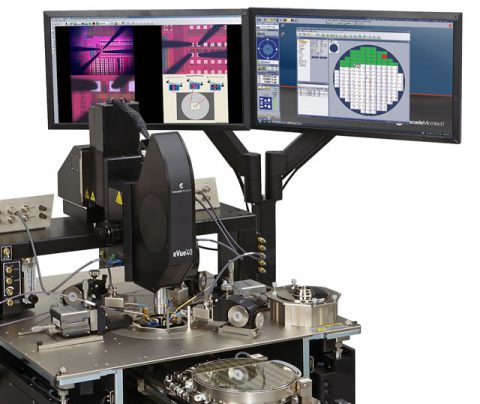Advances in mobile hardware, connected automobiles, and the Internet of Things (IoT) have placed high demand on micro sensors, which are needed for connectivity. These sensors must be produced in great quantities, quickly, and at little cost creating a surge in demand for 200 mm fab production equipment.
According to Bain and McKinsey (as published by Forbes):
- 2020 annual revenues for IoT vendors could exceed $470 billion
- Estimated CAGR growth of the total IoT market is reaching 32.6% through 2020
- The number of connected devices was 15.4 billion in 2015, and is expected to grow to 30.7 billion in 2020 and 75.4 billion in 2025
At 2016’s SEMICON West show, SEMI’s Christian Dieseldorff provided a nice overview of 200 mm market trends. His take, as written by Solid State Technology:
Driven by the growth of IoT (Internet of Things), new 200mm fabs are being built and additional capacity is being added at existing fabs. Key take-away is that after peaking in 2006, then declining for several years, 200mm wafer starts per month are now forecasted to exceed 2006’s level of 5.4M by 2019. The question on everyone’s mind is, once that level is exceeded, where will the tools come from to manufacture those wafers?
Pierric Gueguen of Yole spoke of other market trends creating demand:
The increased adoption of exotic substrates like GaN, Sapphire and Silicon Carbide. These substrates provide many performance advantages, such as lower power consumption, faster switching speed, and high temperature resistance. Yet the substrates cannot scale to 12”, and sometimes not to 8”. So the increased adoption of these substrates is driving additional demand for 150mm/200mm tools.
Investment in legacy fabs is important to manufacturing IoT devices and sensors. Seeking to reduce cost of ownership over the entire equipment life cycle, legacy fab managers must balance tight process and time-to-market requirements with limited capital and operational budgets to stay competitive with low-cost producers.
To answer Christian’s question above – Where will the tools come from to manufacture those wafers? – we need to examine the three traditional options available:
- The open used equipment market
- Third-party vendors and brokers
- Original equipment manufacturers (OEMs)
Our next blog in this two-part series will examine these three options and the pros and cons of each. Come back next week.
